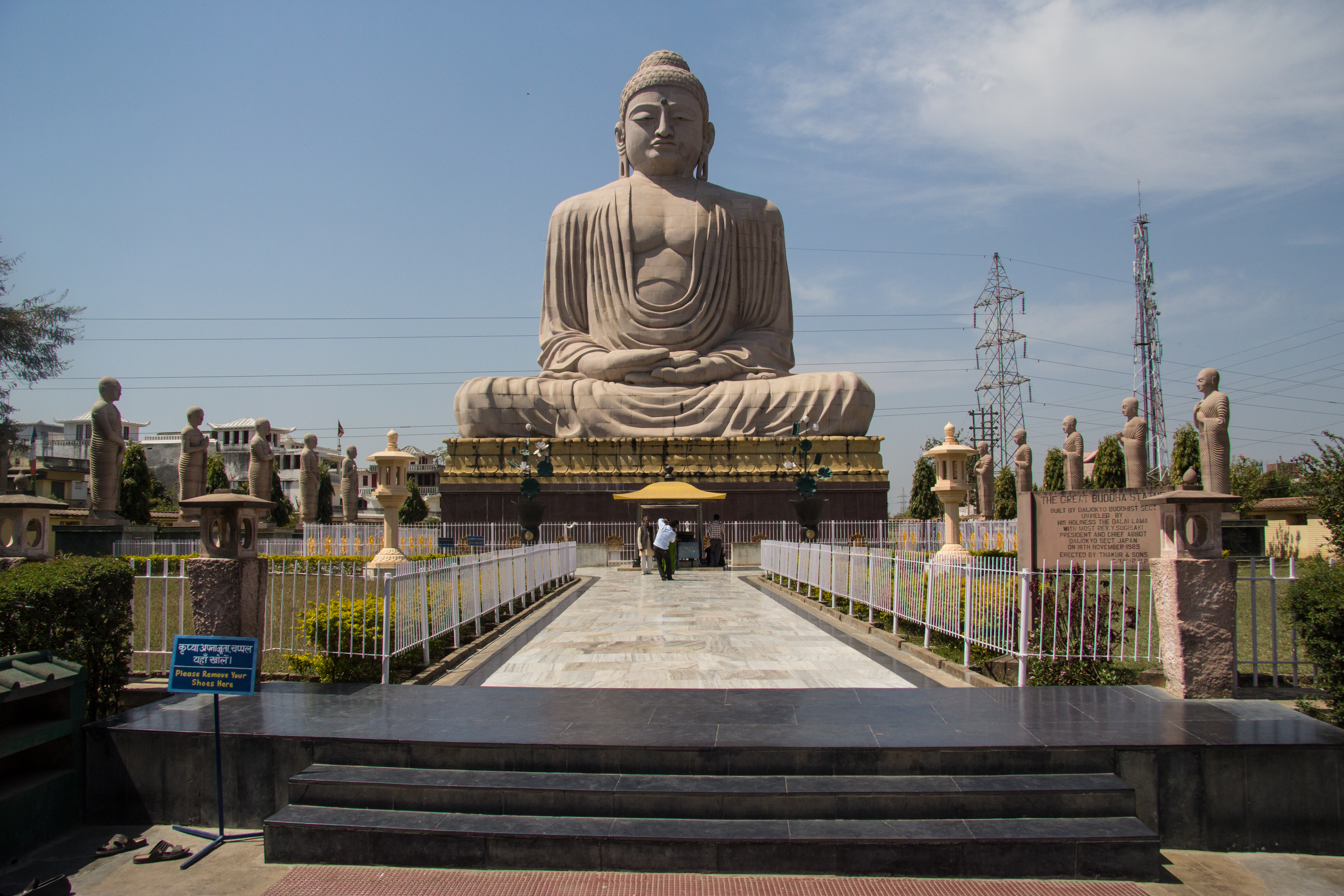The Ratnagiri-Udayagiri-Lalitgiri Buddhist Circuit represents a profound archaeological treasure nestled in Odisha's heart, embodying centuries of Buddhist intellectual and spiritual heritage. These interconnected sites emerged as pivotal centers of learning during the Bhaumakara dynasty's reign, spanning the 8th to 10th centuries CE, when Mahayana and Vajrayana Buddhism flourished with unprecedented vigor.
The archaeological landscape tells a remarkable story of discovery and preservation. Major excavations by the Archaeological Survey of India in the 1960s unveiled Ratnagiri's immense historical significance, revealing intricate sculptures and artifacts that had remained hidden for centuries. The name 'Ratnagiri,' meaning 'Hill of Jewels,' aptly describes the site's rich cultural patrimony, strategically positioned between the Brahmani and Birupa rivers.
Tibetan literature provides fascinating insights into these monasteries' historical context. References in Taranatha's 'History of Buddhism in India' describe a vihara at Ratnagiri constructed during Emperor Narasinghagupta Baladitya's reign, housing three sets of Mahayana and Hinayana sastra and supporting 500 monks. This narrative underscores the site's intellectual prominence, drawing comparisons with legendary institutions like Nalanda.
The architectural achievements of these Buddhist monuments are equally compelling. Constructed between the 5th and 13th centuries, with peak development occurring from the 7th to 10th centuries, the sites showcase exquisite stone decoration and sculptural mastery. The Ratnagiri monastery, in particular, is celebrated as 'the finest in terms of carved stone decoration' in India, with many sculptures now preserved in museums worldwide.
Buddhist art and iconography found at these sites offer profound insights into the religious and cultural dynamics of medieval Odisha. Recent excavations have uncovered colossal Buddha heads and a remarkable giant palm at Ratnagiri, providing tangible evidence of the sophisticated artistic traditions that characterized Vajrayana Buddhist practices. These discoveries illuminate the nuanced philosophical and aesthetic sensibilities of the period.
The socio-political landscape surrounding these sites was equally dynamic. The Bhaumakara dynasty's patronage was instrumental in transforming these locations into vibrant centers of religious learning and cultural exchange. Scholars and monks from across the Buddhist circuit converged here, disseminating philosophical ideas and maintaining a rich intellectual ecosystem that transcended regional boundaries.
Modern archaeological efforts continue to unveil the circuit's historical layers. The Archaeological Survey of India has been pivotal in excavating, preserving, and interpreting these sites, with ongoing surveys promising further revelations about this remarkable Buddhist civilization. The Ratnagiri-Udayagiri-Lalitgiri circuit now stands as a testament to Odisha's profound Buddhist heritage, attracting researchers, historians, and cultural enthusiasts from around the world.
Beyond its archaeological significance, this Buddhist circuit represents a profound narrative of spiritual and intellectual evolution. It exemplifies how religious traditions can create enduring cultural landscapes that continue to inspire and educate generations, bridging ancient wisdom with contemporary understanding of human spiritual exploration.







